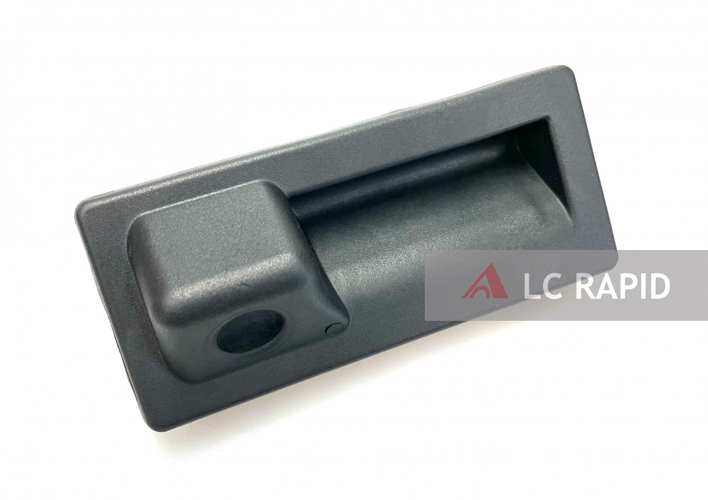+86-18898486814
sales@lcrapid.com
Injection molding is a widely used manufacturing process in the automotive industry for the production of plastic parts. Designing injection-molded parts for automotive applications requires a combination of technical knowledge and experience. In this article, we will summarize the key design considerations for automotive injection parts based on our experience.

1. Material selection: One of the most critical factors to consider when designing injection parts for automotive applications is material selection. Choosing the right material is essential, as it must possess properties such as strength, stiffness, heat resistance, and chemical resistance to withstand tough operating conditions within the automotive system. This is especially crucial when opting for vacuum casting service, which requires a durable and robust material to handle the vacuum and casting process efficiently. Therefore, it is crucial to carefully assess material options and choose the most suitable one for the application to ensure optimal performance and longevity.
2. Wall thickness: The wall thickness of the part is another critical consideration in injection parts design. It should be thick enough to provide the necessary strength while avoiding warping or sink marks due to uneven cooling.
3. Part geometry: For the seamless production of parts, optimizing their geometry is of utmost importance, especially when they are injection molded. This requires designing them with uniform wall thickness, minimal undercuts, and gentle curves, ensuring easy molding and minimizing the likelihood of defects. This is particularly vital in the case of a rapid manufacturing company that aims to produce high-quality parts quickly and efficiently. Careful consideration of part geometry is essential as it directly affects the production process and the overall success of the manufacturing project.
4. Draft angle: A draft angle is required on vertical surfaces to enable the part to be ejected from the mold. A minimum draft angle of 1-2 degrees is recommended to avoid sticking and part damage.
5. Gate location: The gate is the point at which the molten plastic enters the mold cavity. The gate location should be carefully chosen to ensure even flow of plastic and avoid cosmetic defects such as weld lines.
6. Surface finish: The surface finish of the part is an essential consideration for automotive applications. Parts that will be visible to the end customer must have a smooth and polished surface, while parts that will be hidden can have a rougher surface.
7. Assembly requirements: The design of the part should consider any assembly requirements, such as the need for snap fits, mounting bosses, or threaded inserts.
Designing injection-molded parts for automotive applications requires careful consideration of material selection, wall thickness, part geometry, draft angle, gate location, surface finish, and assembly requirements. Our experience has taught us that collaboration between the design team and injection molding experts is essential to ensure the successful production of high-quality automotive parts. By incorporating these key design considerations into the design process, manufacturers can produce injection-molded parts that meet the rigorous requirements of the automotive industry.